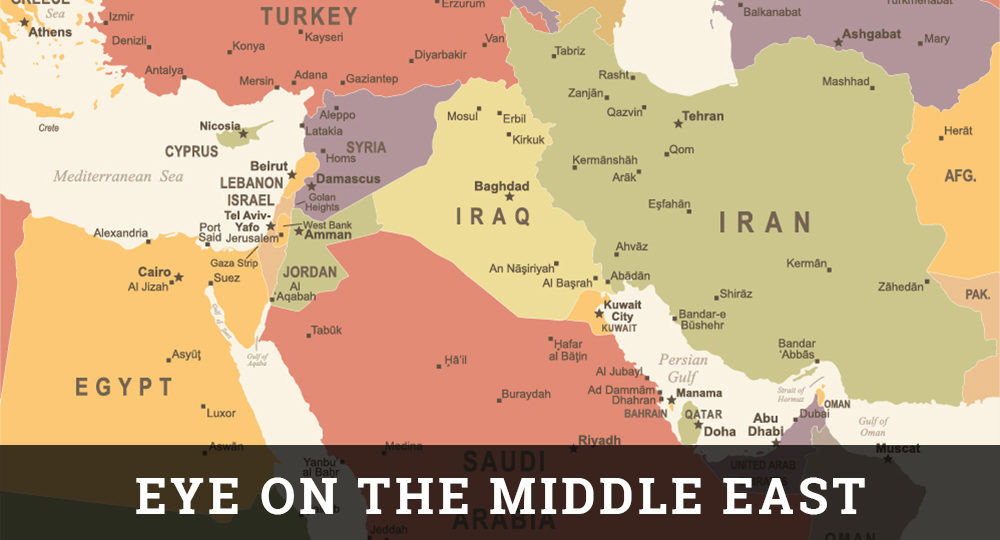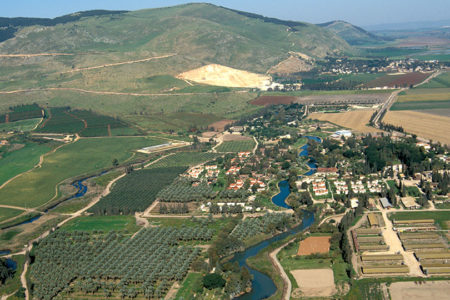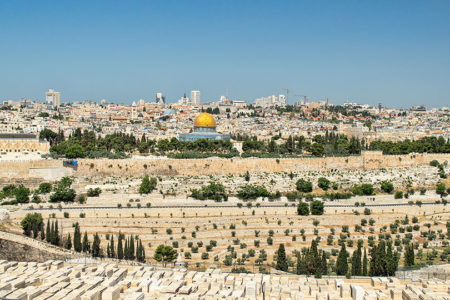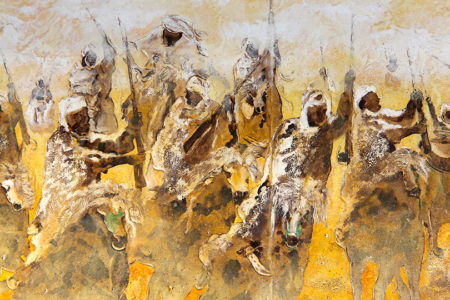Eye on the Middle East Jan/Feb 2007
Unity is not a word often bandied about in Middle East circles. For whatever it’s worth, however, there has been a rare occurrence of unity in a coalition of Conservative and Orthodox rabbis, Muslims, and Christians. The convergence came when homosexuals announced plans to hold a World Pride Day march in Jerusalem. The unlikely religious coalition called the event, which took place November 10, a deliberate affront and provocation to millions of believers the world over.
As police, politicians, and judges sparred with Gay and Lesbian Center organizers, protest demonstrations that at times turned violent attempted to foil plans to make the Holy City a showplace for the homosexual lifestyle.
The Jewish Sanhedrin, a group of rabbis who believe they have reestablished the ancient religious-legal assembly that disappeared in A.D. 425, called for synagogues to hold Sabbath services on the streets and for rabbis to close their doors and pray outside “as a sign of shame, warning and pleading for the abominable march to be canceled,” Arutz-7 reported. “We must not continue our regular routine while the police and courts force a march of abomination in Jerusalem upon millions of Jews against their faith and belief in the holiness of the city and the Torah’s dictates,” the organization declared.
In the end, their opposition did not prevail; and after delays, appeals, and a rerouting of the parade route, the march went on. Anticipating possible violence, officials marshaled 6,000 police to guard the marchers, and they called in another 2,000 border guardsmen from Judea and Samaria to help keep the peace. Thus some strategic areas were left open to terrorist attacks while Gay Pride was under protection.
Homosexual organizers did not choose Jerusalem by a random draw from a hat. Proponents were making a point. They intended to sponsor an in-your-face event in Jerusalem, the municipal Holy of Holies in Israel, knowing full well that a massive display of their perversion of choice would inflame passions and gain a place in the world media spotlight.
The Jerusalem event was a rerun of what occurred in Rome in 2000. The march there, which brought an estimated quarter of a million to half a million participants to the city, was scheduled to coincide with the jubilee year celebration of the Roman Catholic Church. Ignoring the Vatican’s protests, Gay Pride ambled through the streets of Rome, hailed as a triumphal event. Building on the Rome model, organizers decided to use the Holy Land for the largest “gay” event ever.
So what are we to make of these bellwether demonstrations by practitioners of same-sex perversion and “gay pride”? First, let it be said that usurping the terms gay and pride as watchwords for the movement does not mean they reflect a societal reality for the vast majority of people in the Western world, especially in Christian and Jewish communities. And it is regrettable that a sliver-like minority of the population, pushing an agenda designed to compel universal acceptance of its chosen way of life, could virtually eradicate from writing and public discourse the word gay and all it legitimately implies.
Furthermore, what the homosexual lobby in Rome, Jerusalem, or wherever proved is how profoundly the minority-rule syndrome now afflicts the world we live in. To criticize or even question the legal or biblical legitimacy of such minority groups brands one a bigot or worse. Aggression, belligerency, and the indifference or ignorance of people who should know better too often win the day. It did in Jerusalem a few months ago.







